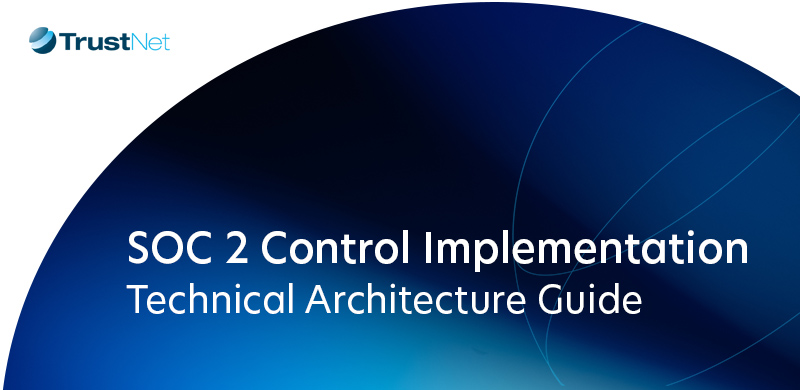Blog The Role of Cybersecurity Risk Ratings in Vendor Management
The Role of Cybersecurity Risk Ratings in Vendor Management

In vendor management, cybersecurity risk ratings help companies assess a provider’s vulnerabilities, its likelihood of getting breached, and the potential impact such an incident can cause on their own business operations and reputation. These ratings use a consistent set of metrics to objectively quantify vendors’ cybersecurity risk, allowing companies to mitigate their own exposure to resultant risks as they engage third-party vendors and other external partners. Amid a worsening threat environment, cybersecurity risk ratings have become best practice in effective vendor management.
Understanding Cyber Risk and Vendor Management
Cyber risk refers to the potential harm that could occur to a business due to a breach or attack on its digital systems. Vendor management, on the other hand, focuses on the proper handling of relationships with organizations and individuals who supply goods and services to your company.
These two fields are important for companies to keep themselves safe from threats and to comply with relevant laws and industry standards.
Traditional vendor management approaches are often reactive in that organizations only respond to issues or incidents after they occur. This can result in delayed detection, mitigation, and resolution of cyber threats; which in turn, can lead to financial losses, reputational damage, and legal liabilities.
Organizations need a more proactive and adaptive approach to vendor management, one that continuously monitors and manages the risk impact of third-party providers throughout the vendor lifecycle, from selection to termination. This way, organizations can identify and address potential vulnerabilities, gaps, or misalignments before they become serious problems.
How Cybersecurity Risk Ratings Improve Vendor Management
Cybersecurity risk ratings perform similar functions to those of credit rating agencies, academic report cards, and product review platforms. Using a consistent set of metrics, cyber security ratings assign a score to quantify the level of risk an entity might pass on to a potential partner, investor, or customer once their systems link up. The lower the risk, the better the score. This method helps businesses compare which providers are riskier or safer to work with and which can be trusted to handle their data.
Risk ratings evaluate a company’s security measures such as their access controls, anti-malware protection, network monitoring tools, patch management practices, and encryption methods. By calculating a final score based on these criteria, risk ratings provide a convenient way to get an objective overview of an organization’s security posture, enabling businesses to be more proactive in their relationships with third-party vendors. With this information, organizations can make informed decisions about who they work with, and which security measures can mitigate resultant or carry-over risks.
Key Components of Cybersecurity Risk Ratings
The cybersecurity risk rating process involves identifying the subject company’s assets, vulnerabilities, threats, and controls — and then analyzing the likelihood and impact of different security scenarios. The process’s output is a risk score or matrix that indicates the severity and priority of the risks. This output helps inform internal and external decision-makers and prioritize remedial actions.
A robust cybersecurity risk rating framework should include the following key elements:
- Asset Identification: Defines key business objectives and identifies the IT assets that support them, such as data, systems, networks, and devices. Asset identification helps prioritize the most valuable and sensitive assets and allocate resources accordingly.
- Threat Analysis: Determines potential cyber threats that could compromise the identified assets, such as malware, phishing, denial-of-service, and ransomware. Threat analysis helps assess the likelihood and impact of each threat and determine the level of risk they pose to the organization.
- Vulnerability Assessment: Conducts a comprehensive evaluation of the organization’s IT ecosystem to detect existing vulnerabilities and gaps in security. Vulnerability assessment helps pinpoint weaknesses that could be exploited by criminal hackers.
- Risk Mitigation: Gives recommendations on how to address detected vulnerabilities, gaps, and weaknesses. Risk mitigation helps reduce the exposure and impact of cyber attacks and enhance the resilience of the organization.
- Monitoring and Reporting: Involves the continuous monitoring of the performance and effectiveness of the implemented risk mitigation measures. Monitoring and reporting help track progress and identify other areas for improvement.
Note: Not all cybersecurity risk rating systems are equal. A reliable rating service, such as iTrust Cyber Risk Ratings has the following characteristics:
- High-quality data
- Clear and transparent methodology
- Rigorous validation process
- Actionable reports/insights
The iTrust rating platform also introduces many valuable innovations in vendor management such as 360° risk assessments, automated compliance tracking, real-time network vulnerability alerts, hacker threat analysis, and breach monitoring.
Benefits of Cybersecurity Risk Ratings in Vendor Management
Cybersecurity risk ratings are integral to effective vendor management because they enable businesses to adequately mitigate risks associated with third-party relationships. These ratings provide valuable advantages:
- Real-Time Risk Awareness: Real-time snapshot of an organization’s exposure to the current cyber risk landscape. This enables smarter decision-making and resource allocation.
- Improved Third-Party Risk Management: Continuous monitoring and evaluation leads to faster detection and more effective response to cyber threats. As a result, the potential damage of security incidents is significantly reduced.
- Enhanced Compliance: Ongoing compliance tracking helps maintain adherence to relevant laws, regulations, and industry standards.
Challenges and Considerations
Integrating cyber risk rating into your vendor management and security infrastructure delivers compelling benefits. But doing so also comes with significant challenges:
- Resource requirements: Cyber risk rating solutions entail significant investment in technology and skilled personnel. Partnering with a trusted service provider that offers streamlined services at accessible price points can help address this roadblock.
- Data privacy and security: The confidentiality, integrity, and availability of the organization’s data should be protected at all points in the risk rating process. Working with experienced and duly accredited providers will also resolve this challenge.
- Organizational culture: The success of a cyber risk rating implementation depends on the organization’s culture. If cybersecurity and vendor management are not corporate priorities, it can be difficult to get stakeholder buy-in when the recommended measures will potentially disrupt well-entrenched practices and mindset.
Conclusion
Data breaches that target entire supply chains have been the most devastating in history. That means the lack of visibility into your third-party risks can potentially lead to massive financial loss and reputational damage, something a few businesses have never recovered from.
A proactive approach to cyber risk and vendor management can limit your exposure and strengthen your security and compliance posture.
Combining the fields of cyber risk rating and vendor management provides real-time, accurate insight that can help you make smarter decisions and take effective actions to safeguard your assets and build trust with your customers.
Take it a step higher. The iTrust Cyber Risk Ratings Platform provides continuous 360° risk assessments, automated compliance tracking, and other capabilities that always take you a step ahead of hacker threats and data breaches — both in your internal network and across your supply chain.




